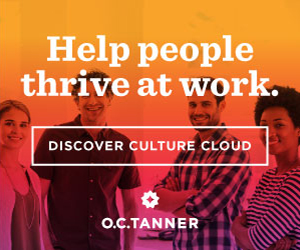Why a Feature-Rich HR Software System is Essential for Future-Ready Organisations
EmployeeConnect
MARCH 23, 2025
Skills shortages, shifting workforce expectations, and increased competition for top talent make it more crucial than ever to leverage technology to stay ahead. Traditional HR practices are no longer sufficient; instead, organisations must embrace a data-driven, technology-enabled approach to workforce management.























































Let's personalize your content